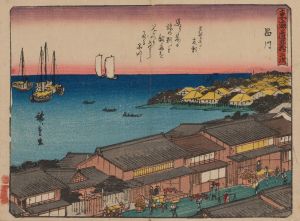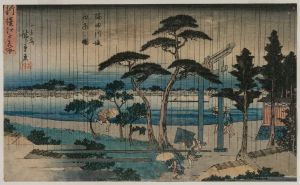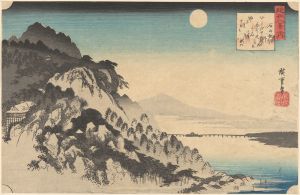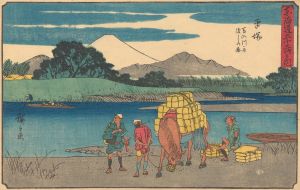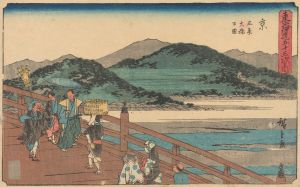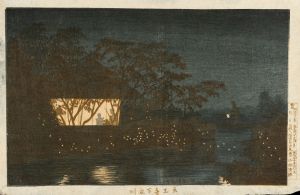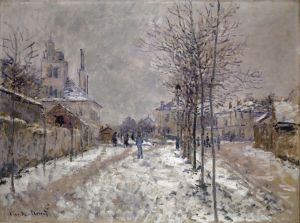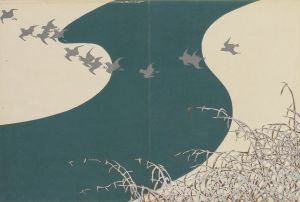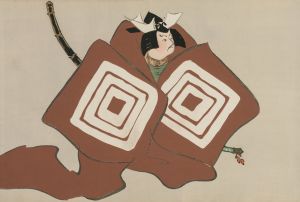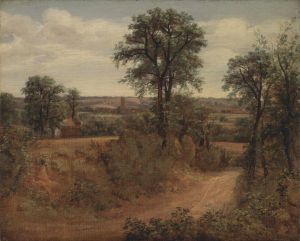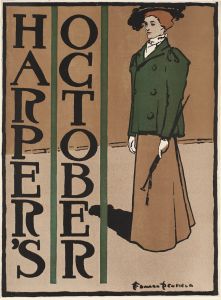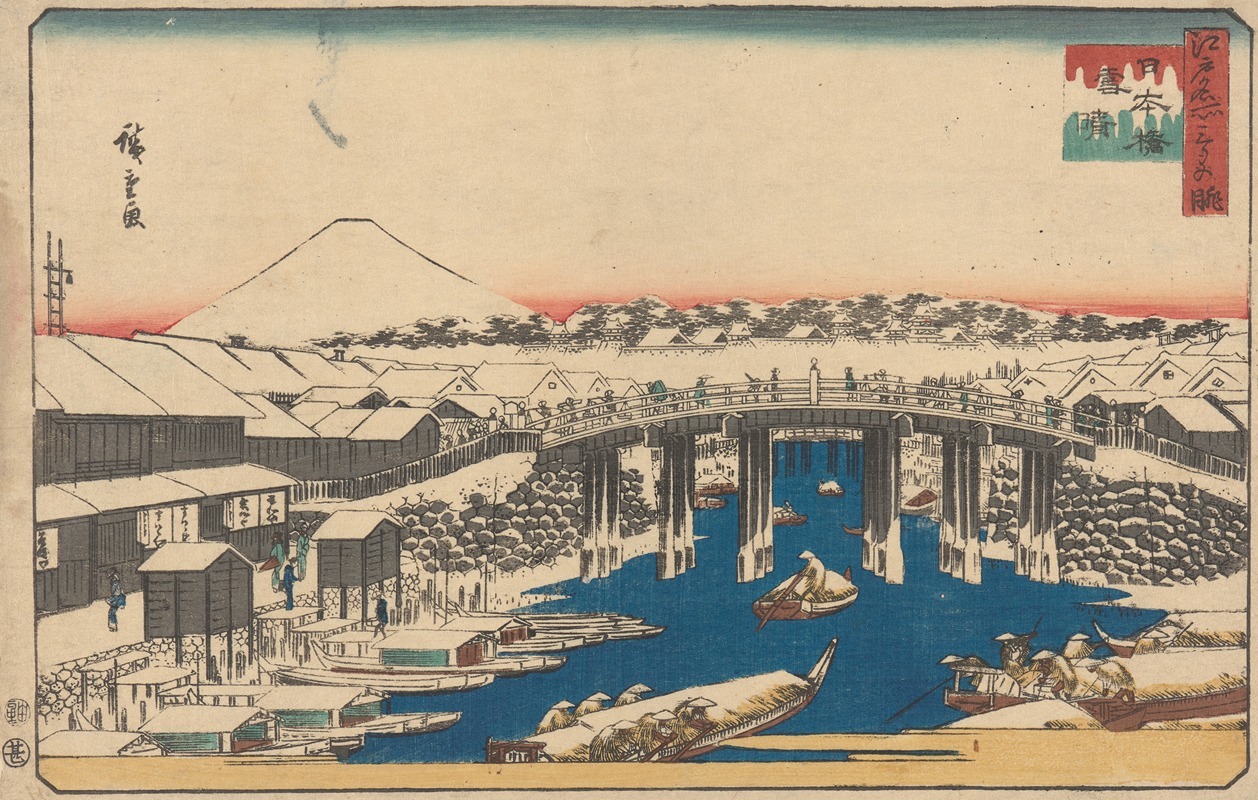
Clearing Water after Snow
A hand-painted replica of Andō Hiroshige’s masterpiece Clearing Water after Snow, meticulously crafted by professional artists to capture the true essence of the original. Each piece is created with museum-quality canvas and rare mineral pigments, carefully painted by experienced artists with delicate brushstrokes and rich, layered colors to perfectly recreate the texture of the original artwork. Unlike machine-printed reproductions, this hand-painted version brings the painting to life, infused with the artist’s emotions and skill in every stroke. Whether for personal collection or home decoration, it instantly elevates the artistic atmosphere of any space.
Andō Hiroshige, a renowned Japanese ukiyo-e artist of the Edo period, is celebrated for his landscape prints and innovative compositions. One of his notable works is "Clearing Water after Snow," which exemplifies his mastery in capturing the transient beauty of nature. Hiroshige's work is often associated with the ukiyo-e genre, which flourished from the 17th to the 19th centuries and typically depicted subjects such as landscapes, tales from history, the theater, and pleasure quarters.
"Clearing Water after Snow" is part of Hiroshige's larger body of work that focuses on landscapes and the changing seasons. His prints often reflect a deep appreciation for the natural world, emphasizing the harmony and beauty found in everyday scenes. Hiroshige's landscapes are characterized by their use of perspective, vibrant color palettes, and attention to detail, which together create a sense of depth and movement.
The print "Clearing Water after Snow" likely depicts a serene scene where the snow has recently melted, revealing the landscape beneath. This theme is common in Japanese art, where the changing seasons are a frequent subject of artistic exploration. The depiction of snow and water suggests a moment of transition, capturing the ephemeral nature of the environment. Hiroshige's ability to convey the subtle changes in nature is a hallmark of his work, and this print is no exception.
Hiroshige's technique involved the use of woodblock printing, a method that allowed for the production of multiple copies of a single image. This technique was popular during the Edo period, as it enabled artists to reach a wider audience. The process involved carving an image into a wooden block, applying ink, and then pressing paper onto the block to transfer the image. Hiroshige's prints are known for their meticulous craftsmanship and the skillful use of color gradients, which add depth and dimension to his landscapes.
The influence of Hiroshige's work extends beyond Japan. His prints were instrumental in inspiring Western artists during the late 19th century, particularly the Impressionists, who admired his use of perspective and color. Hiroshige's ability to capture the essence of a scene with simplicity and elegance resonated with artists such as Vincent van Gogh and Claude Monet, who incorporated elements of his style into their own work.
"Clearing Water after Snow" is a testament to Hiroshige's enduring legacy as a master of ukiyo-e. His ability to depict the natural world with such sensitivity and precision continues to captivate audiences today. The print not only reflects the beauty of the Japanese landscape but also serves as a reminder of the interconnectedness of art and nature. Through his work, Hiroshige invites viewers to pause and appreciate the fleeting moments of beauty that surround them, a theme that remains relevant in contemporary discussions of art and the environment.






